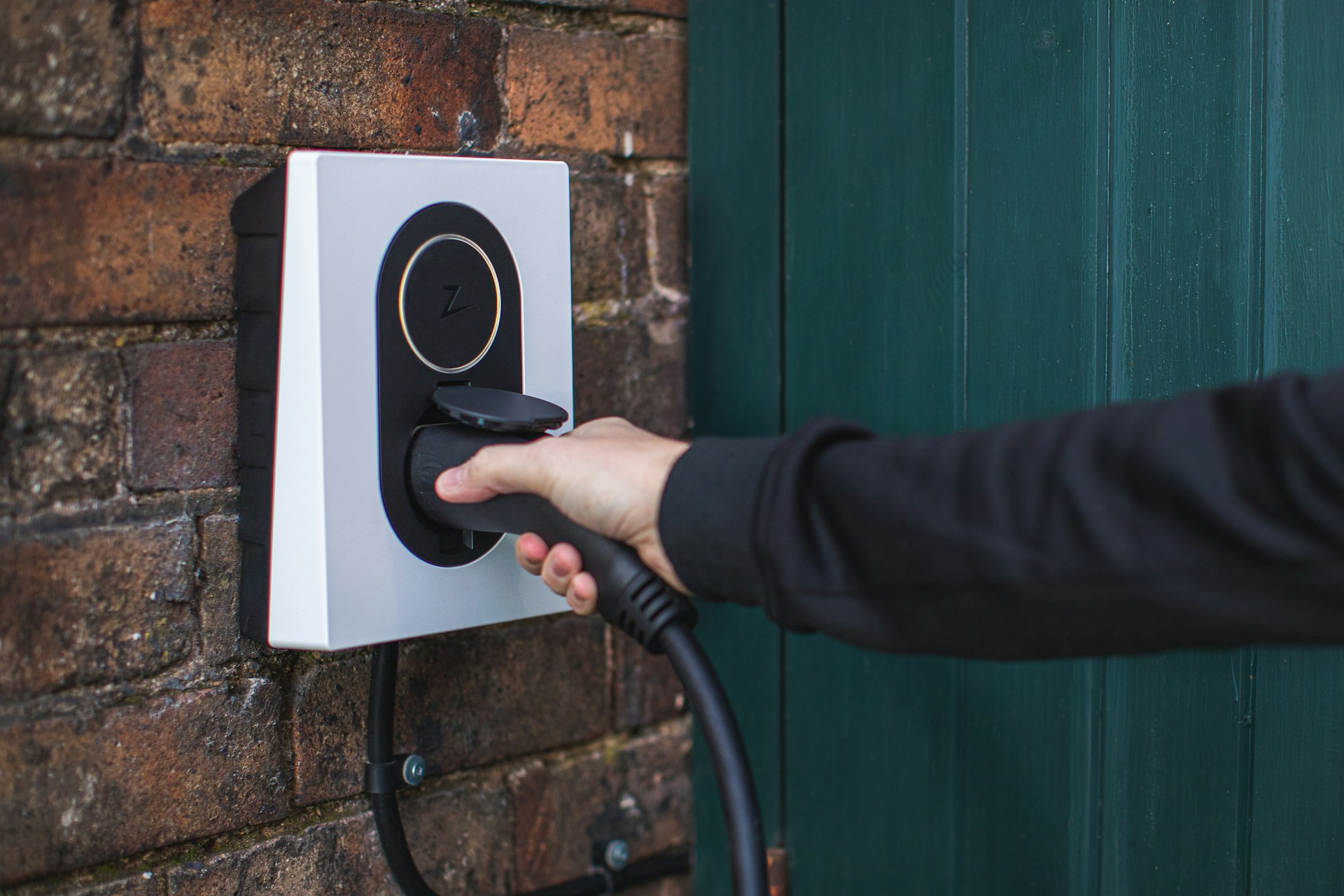Charging an electric vehicle (Evs) can be time-consuming and it is more essential than ever for a driver to know how and where they can charge their vehicle locally. With cities adding EV infrastructure and drivers switching from gasoline-powered machines, it pays to understand your local charging options before you need them.
This guide is here to help you get plugged in and comfortably move around the EV charging landscape in your neighborhood, whether you’ve just bought an EV or are thinking about adopting one.
Why Local Charging Matters
The majority of EV owners rely on charging port charging, also known as local charging, to keep their vehicles fueled. Highway superchargers may be necessary for lengthy highway trips, but convenient access to your local station is what you need for everyday use. Those could be at malls, in office buildings, in parking lots, even in parks.
A neighborhood charging station is a way of life that encompasses more than just energy. When you know your local stations, you can do errands, commute, and even hang out while charging your car effectively.
Types of Local Charging Stations
You may find all sorts of chargers in addition to the location when you search for “ev charger near me.” This is the charger type that you should become familiar with:
1. Level 1 Chargers (Standard Outlet)
Level 1 chargers are typically powered by 120-volt household outlets. They add roughly 3 to 5 miles of range per hour, making them the slowest option, but they are practical for overnight charging at home or at work.
2. Level 2 Chargers
These 240-volt chargers are the most prevalent kind available at public local stations and are significantly quicker. They typically provide 10–60 miles of range per hour and are perfect for topping up your vehicle while shopping, working, or dining.
3. DC Fast Chargers (Level 3)
These high-powered stations offer the quickest charging speeds, delivering up to 80% battery in under 40 minutes. While not as common as Level 2 chargers in neighborhoods, many urban centers are expanding their fast-charging availability.
Where to Find Charging Stations
Here’s how to find nearby EV charging spots:
Mobile Apps: Applications such as PlugShare, ChargePoint, EVgo and Electrify America can provide you with information on which charging stations are close by, display their availability in real time, and even allow you to reserve a space.
In-Car Navigation Most EVs have in-car navigation systems that can show charging locations and lead you to them.
Google Maps: A search for “EV charging station near me” will yield potential options with ratings, cost and availability.
Search for stations in ones you frequent — grocery stores, gyms, libraries, malls, or office buildings. Some local governments also maintain lists of public EV infrastructure on their websites.
Cost of Charging Locally
Charging comes at a cost, which also depends on the supplier, location and speed of the charging. Here’s a basic breakdown:
Level 1 and Level 2: Available free in places like libraries or municipal buildings, though it may cost $0.10-$0.25 per kWh in paid locations.
DC Fast Chargers: Faster options, and as a result are usually more expensive, from $0.30–$0.60 per kWh or minute.
Subscription plans or pay-as-you-go options are provided by many networks. However, if you frequently use a specific provider, like ChargePoint or Blink, then subscribing might save you money in the long run.
Charging Etiquette
Additionally, there is a rule of behavior at public charging stations, similar to parking:
Don’t be a Station Hog: Once your car is fully charged, get it out of there and make room for others to charge theirs too.
Adhere to time limits: Some sites impose time limits on charging — observe them to avoid fines or getting unplugged.
Report Problems: Report broken charging equipment or vandalism through the charging app, so that stations can keep on operating efficiently.
Don’t Unplug Others: Unless you’re absolutely sure that the other car is fully charged, and that doing so won’t block others from charging, don’t unplug someone else’s EV.
Being courteous goes a long way toward making sure that everyone has a good charging experience.
The Role of Local Businesses and Communities
To attract environmentally aware customers, a lot of nearby businesses install EV chargers. They’re hoping that, by providing Level 2 chargers, visitors will stick around to do some more shopping or dining while their vehicle charges. Neighborhoods with shared parking spaces — think condos or apartment complexes — are also providing residents access to charging.
You can also push for more charging access. Contact your local council, building manager or homeowner association for EV charging stations in your location. The infrastructure will follow the demand.
Find Local EV Charging Network Near You!
It doesn’t have to be hard to connect to your local network of EV charging stations. Knowing the various types of chargers, where to find them, and how to use them properly will help you keep your electric car charged and take advantage of everything available for a stress-free driving experience.
Local charging infrastructure is an essential piece of the electric driving future, where you’re charging at your favorite café or a nearby park. So plug in, stay connected and let’s ride.



































